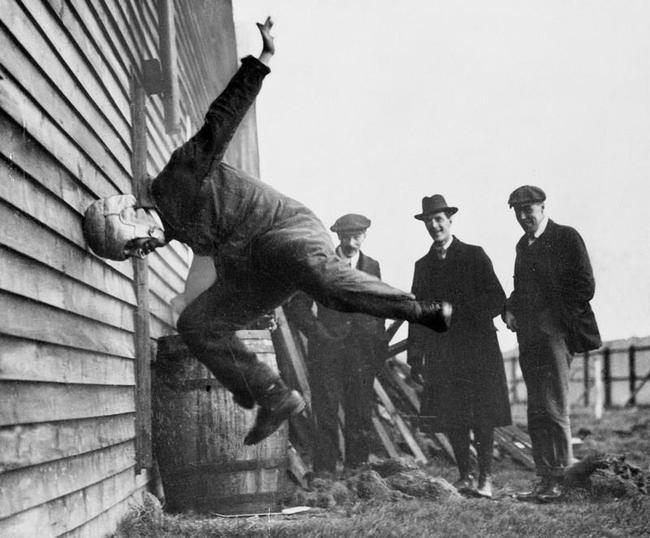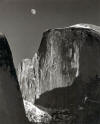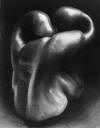.jpg)
The Shutter
The shutter on a camera controls the amount of time that light is exposed to the film. In a digital camera, the shutter speed is either controlled this way, or it can refer to the amount of time the light sensor is on before being turned back off.
For cameras that use a traditional shutter speed method, it is accomplished by two tiny metal curtains. The first curtain opens, exposing the film or light sensor. A second curtain follows behind, ending the exposure.
You may wonder why this is necessary. Well, for slow shutter speeds, it isn't. But as the speed increases, the time that it would take to open and close a single curtain would be a limiting factor.
Shutter Speeds on the common camera
1000 - 500 - 250 - 125 - 60 - 30 - 15 - 8 - 4 - 2 - 1 - B
Each speed is a fraction of a second - like 1/1000th of a second or 1/4 of a second. B stands for bulb and holds the shutter open as long as the shutter release is held down. This used to be attached to a long hose to a bulb held in the photographers hand, thus the name Bulb. Each shutter speed lets in half as much light at the none below it to allow for easier exposure calculations.
.jpg)
The subject of a photograph is also a consideration when selecting a shutter speed. Because the shutter speed determines the length of time in which light enters the camera, anything which is in movement requires a fast setting (unless a blur is the effect you are trying to achieve). Again, if the shutter speed is altered, the aperture needs to be adjusted as well. Do you notice that the depth of field has also been affected in the third photograph, where the aperture setting is large?
The key to an theoretical good EXPOSURE = Aperture + Shutter speed
Stilled Motion (fast shutter speed)
 Barbara Morgan, Martha Graham 1940
Barbara Morgan, Martha Graham 1940

Slow Shutter Speed
It is obvious that this photograph of a running stream was created using a slow shutter speed because of the cloudy effect of the moving water.
 John Sexton Merced
River and Forest, Yosemite Valley, California 1983
John Sexton Merced
River and Forest, Yosemite Valley, California 1983
 John Sexton Rice Field
and Pine Forest, Japan 1985
John Sexton Rice Field
and Pine Forest, Japan 1985
Ansel Adams also used a long exposure when he photographed the moon illuminating a darkened cove.

 Ansel Adams, Moon and Half Dome 1960
Ansel Adams, Moon and Half Dome 1960
Edward Weston also achieved unusual effects using natural light and a long exposure to emphasize the tonal values of his famous Pepper. The pepper itself is an unusual specimen, and he increased the drama of the image by using a wide-angle lens.
 Edward Weston, Pepper 1930
Edward Weston, Pepper 1930
![]() Paul Caponigro, Conty Wicklow, Ireland
Paul Caponigro, Conty Wicklow, Ireland
 John Goodman Two Wrestlers,
Havana, Cuba, 2000
John Goodman Two Wrestlers,
Havana, Cuba, 2000
Things to consider when choosing a shutter speed: